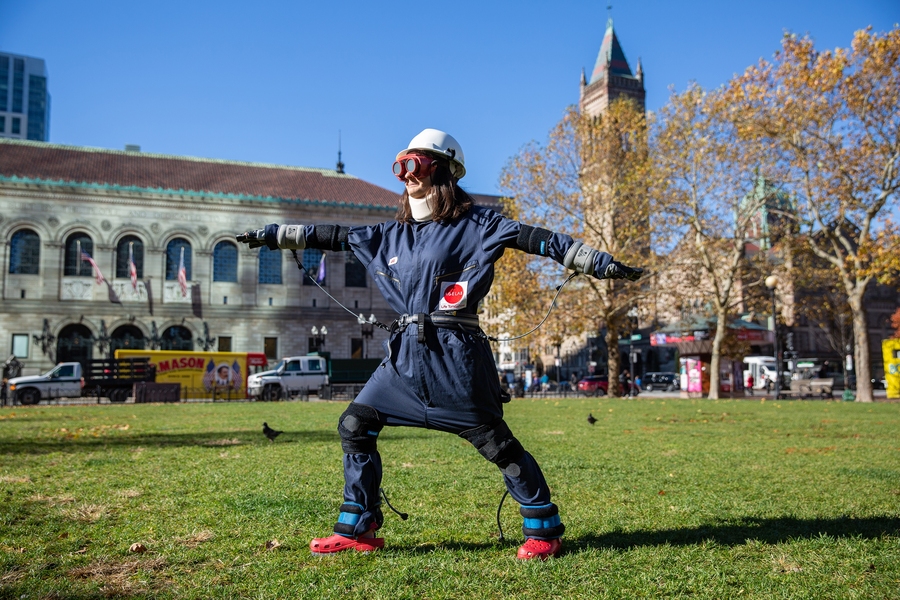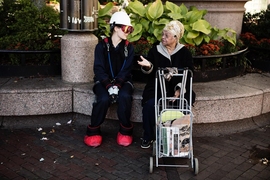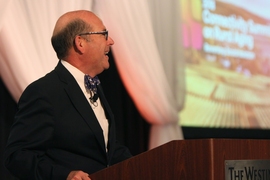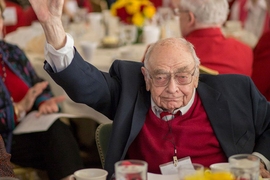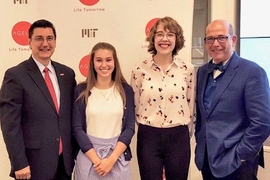As the holiday season prompts many Americans to think about signing up for health club memberships in the new year, it may help them to know that the gym may contain more virtues than simply helping work off that third serving of mashed potatoes. Researchers from the MIT AgeLab and Tivity Health have published an article in the Journal of Applied Gerontology that describes the social benefits of a national exercise program for older adults.
Social isolation has grown into a major public health issue, having been shown to affect mortality in equivalence to major risk factors like obesity, smoking, and cardiovascular disease. The problem is especially salient within the field of gerontology: Older adults may be particularly vulnerable to isolation due to retirement, the loss of a spouse, or declining health and mobility.
Despite having a clear impact on health, social isolation cannot be treated as an ordinary health issue. Targeted interventions to reduce isolation are questionable in their effectiveness, not least because they tend to draw middling interest from the individuals they are supposed to help.
“No one wants to raise their hand and announce to the world, ‘I’m lonely,’” says Samantha Brady of the MIT AgeLab, the lead author of the study. “There is a stigma to social isolation that makes it hard to tackle head-on.”
SilverSneakers is a national exercise program that provides free gym memberships and specialized fitness classes to older adults with certain Medicare Advantage insurance plans. MIT researchers hypothesized that SilverSneakers, while not designed expressly to reduce social isolation, would improve participants’ levels of social engagement by bringing them into the social environment of the gym, and by promoting activity in general.
Cross-sectional data were obtained for the study through an online survey that was sent to about 1,000 SilverSneakers members and 2,000 non-members. The researchers sought to model and observe the relationships between SilverSneakers membership, physical activity, social isolation, loneliness, and self-reported health. The results showed that SilverSneakers membership had direct beneficial impacts on physical activity, social isolation, and health, as well as intermediary benefits for health through reduced social isolation, loneliness, and increased physical activity. The research was supported, in part, by Tivity Health.
“Everyone recognizes the gym as a pro-health environment, but the mechanisms by which fitness program membership benefits health for older adults are more varied than mere exercise alone,” says study co-author Lisa D’Ambrosio.
The identification of SilverSneakers as an intervention for social isolation raises further questions about what environmental mechanisms foster social engagement among older adults and whether other large-scale programs may have similar benefits.
“Old age doesn’t have to be a sentence for solitude, but we have yet to sufficiently develop places and spaces where older adults can come together and belong,” says Joseph F. Coughlin, director of the MIT AgeLab. “This study points us toward one powerful way of engaging the 65-plus population, a group that in the coming years is sure to demand more meaningful activities and experiences as they age.”
As older Americans plan their New Year’s resolutions, these results may give them yet another reason to add exercise to their list.
